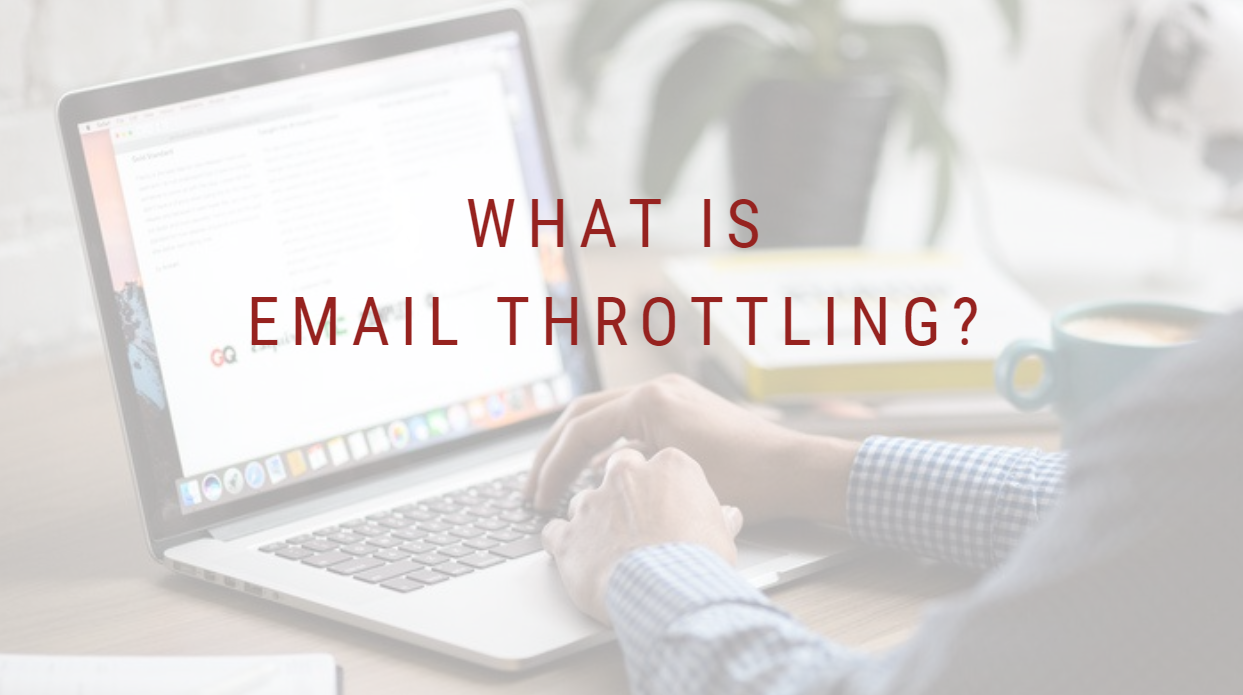If you were the youngest of your family, you have likely mastered the art of antagonizing your older siblings – walking the fine line of being annoying and being an all out menace. Too much antagonizing and your siblings strike back, but if you’re smart, and walk that fine line, you can get away with anything. Believe it or not, this concept actually relates to email sending, through a term known as email throttling. You’re probably wondering what is email throttling and what it has to do with being the youngest of your siblings? Let’s dive in and find out.
What is Email Throttling
Email throttling by definition is the practice of intentionally limiting the amount of email you send through a server in a given period of time. This is important because you, the email sender, are like the younger sibling, you want to send all of your important marketing or transactional email, but you don’t want to send too much to alarm the mailbox provider. Why would this alarm the mailbox provider? Sending too many emails in a short amount of time, or quickly adjusting your sending patterns, will raise red flags. A sudden increased flow of email from an IP address without an established reputation looks suspicious, a pattern often seen with spammers. This will result in the mailbox provider filtering your email to the recipient’s spam folder or blocking it altogether.
If your emails start to get blocked or marked as spam by recipient mailbox providers, this will have a direct impact on your sender reputation and will effect your ability to successfully deliver email down the road. To avoid this, you need to throttle your email.
How to Throttle Your Email
Email throttling is especially important to senders who are sending through a new IP address. If a mailbox provider notices a large flow of email coming out of a new IP address with no reputation, they will flag you. If you haven’t properly built up your IP reputation gradually over time, mailbox providers don’t know you and don’t trust you. To avoid this, you must follow email throttling best practices and build your IP reputation through a process called IP warming.
The process of limiting your email delivery can be complicated and time consuming. Differences in mailbox providers, email campaigns, content, existing IP reputations and tons of other details will change the rate at which you need to throttle your email. Many high volume email senders will work with an email service provider like SocketLabs to help them throttle their email dynamically to maximize email output and sender reputation synchronously. Even if you’re too small of a sender to send through a designated IP address, an email service provider like SocketLabs will make sure you are properly incubated through a proper warm up period to avoid any disruption in your email.









